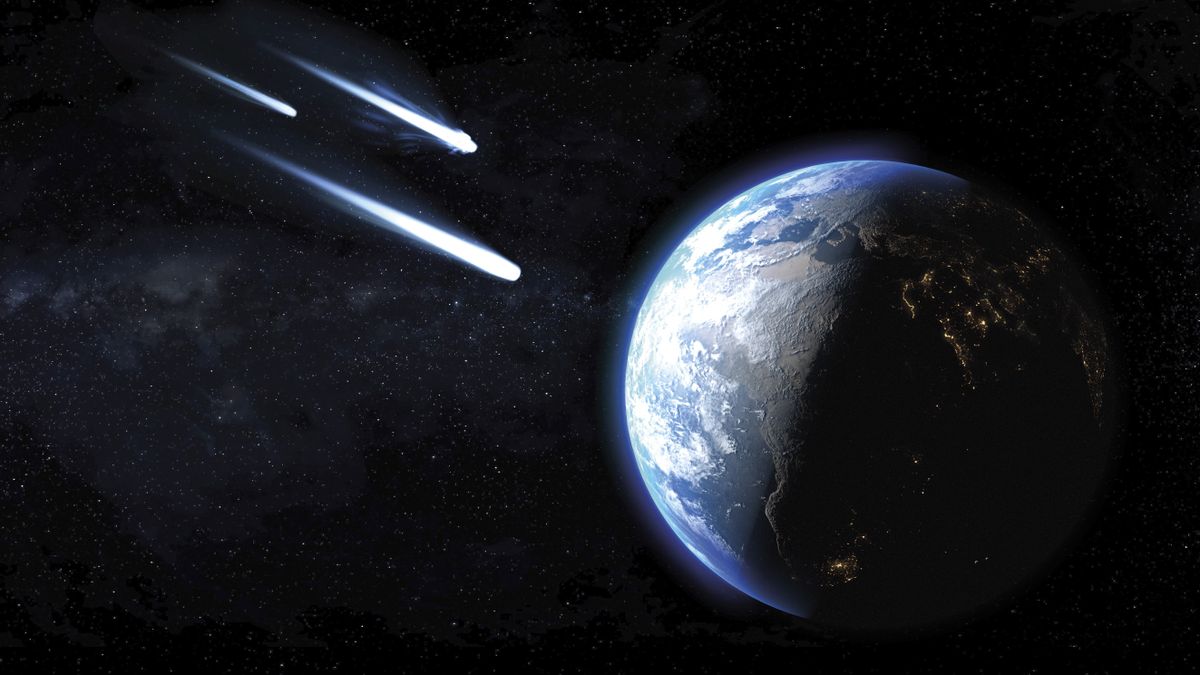Livescience
1M
362

Image Credit: Livescience
'Just the tip of the iceberg': Why risky asteroids like 2024 YR4 will pester Earth for decades to come
- Asteroid 2024 YR4, initially posing a threat to Earth, saw its impact probability fluctuate from 3.1% to 0.28% over a few days.
- Despite concerns, astronomers anticipated 2024 YR4's near-miss, as observations unveiled a decreased likelihood of impact.
- The Torino Impact Hazard Scale categorized 2024 YR4 as a Level 3 asteroid capable of 'localized destruction' before its impact chances dropped below 1%.
- With advanced telescope observations refining the data, 2024 YR4 descended to a Level 1 asteroid posing 'no unusual danger' to Earth.
- Asteroids like 2024 YR4 are monitored by the International Asteroid Warning Network to assess potential threats and coordinate deflection strategies.
- Comparatively, asteroid Apophis, a larger space rock on a trajectory towards Earth in 2029, presents similarities in potential impact scenarios.
- As Earth's detection methods improve, astronomer Richard Binzel suggests that 2024 YR4 signifies just the beginning of discovering more risky asteroids.
- The ongoing enhancement in asteroid surveillance aims to minimize surprise impacts by identifying and tracking potentially hazardous objects in advance.
- Asteroid research and mitigation efforts seek to prevent catastrophic events similar to those observed in Earth's history, fostering a proactive approach to celestial threats.
- Binzel emphasizes that the evolving detection capabilities will lead to increased knowledge and preparedness in handling future space rock encounters.
Read Full Article
21 Likes
For uninterrupted reading, download the app